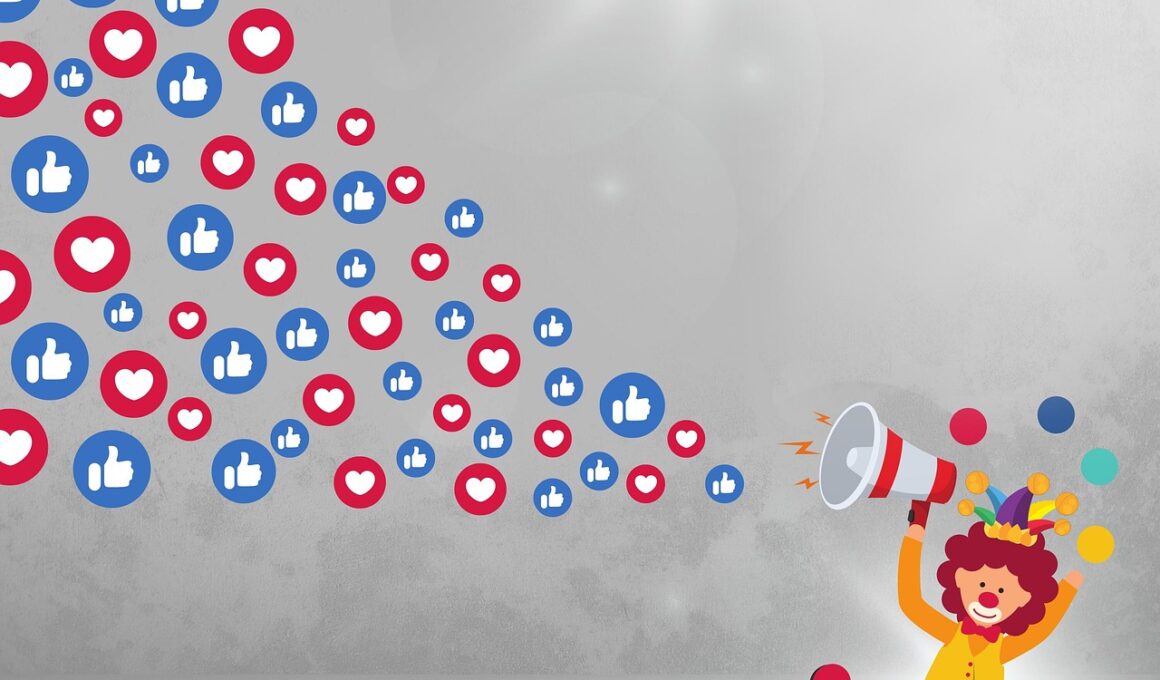Case Studies: Successful Micro-Influencer Relationship Campaigns
Micro-influencer marketing has gained immense popularity as brands explore unique strategies to connect with their audience. Recent campaigns demonstrate that building enduring relationships with micro-influencers can lead to impressive brand awareness and customer loyalty. A standout example is the fashion brand H&M, which initiated a campaign featuring a series of micro-influencers promoting specific seasonal collections. Each micro-influencer shared unique content and showcased the pieces in a personalized way, leading to higher engagement compared to traditional advertising. Their shared authenticity and deep connection with followers drove significant traffic to H&M’s social platforms, showcasing the effectiveness of using loyal community figures to amplify messages. To build lasting relationships, brands must choose micro-influencers whose values align closely with their own, ensuring genuine collaborations that resonate with an authentic audience. Through ongoing communication and collaboration, brands can cultivate trust among these influential figures, resulting in impactful, long-term partnerships that deliver mutual value and collective growth. The H&M example underlines how crucial it is to invest in micro-influencer relationships for fruitful marketing outcomes.
Spotlighting Influencer Partnerships
Following the vibrant case of H&M, another notable campaign is the partnership between Coca-Cola and various food bloggers. These micro-influencers played an essential role in promoting a limited-edition product launch, encouraging followers to share their unique drink creations through engaging recipes. By enabling each influencer to combine creativity with their distinct flair, Coca-Cola ensured a personalized approach that resonated with their audience. As a result of this strategy, thousands of user-generated content pieces emerged showcasing these combinations, significantly enhancing brand visibility across social media platforms. Beyond just marketing, the collaboration also emphasized community engagement by inviting audiences to join a shared experience. In fostering these relationships, Coca-Cola benefited from authentic endorsements that highlighted both the product and its fun aspects. Communities rallied around the shared initiative, enhancing social interactions and further deepening connection with the brand. This case study illustrates that carefully developed partnerships can lead to organic content creation, which ultimately benefits both the micro-influencer and the brand, creating a nurturing ecosystem around product promotion.
In another engaging instance, the health food brand, Quest Nutrition, turned to micro-influencers to spread the word about its new range of protein bars. By selecting fitness enthusiasts with smaller yet highly engaged followings, the brand prioritized nurturing authentic connections that showcase real user experiences. Sent out to popular fitness influencers, the bars prompted an array of creative consumption ideas, from pre-workout snacks to meal replacements. Each influencer narrated their journey with the product, fostering a sense of trust and familiarity among their followers. Tracking the campaign through social analytics highlighted a remarkable increase in sales during the campaign period. Quest Nutrition demonstrated that you don’t need massive influencers to ignite interest; instead, focusing on authenticity combined with genuine storytelling can yield significant results. By encouraging influencers to genuinely incorporate the products into their daily lives, Quest Nutrition turned micro-influencers into ardent advocates, generating substantial buzz around their offerings. Therefore, collaborating with micro-influencers effectively amplifies a brand’s voice, making it more relatable on a personal level for consumers.
The Power of Local Influencers
Local businesses also stand to benefit immensely from micro-influencer relationships. Take, for instance, a community-oriented coffee shop that partnered with well-known local food bloggers to highlight its unique offerings. Inviting these influencers to share their experiences translated into authentic testimonials that resonated within the community. By working with bloggers who possess a keen understanding of local tastes, the coffee shop not only engaged its target demographic but also reinforced a sense of connection within its locality. Features on these food bloggers’ pages drew food enthusiasts to the coffee shop, resulting in an uptick in foot traffic and tastings of new menu items. Engaging micro-influencers is less about superficial promotion and more about forging partnerships that reflect originality and trust. As these influencers interact closely with their local audiences, their authentic voices enhance credibility and organic reach, reinforcing brand loyalty. Consequently, local businesses can establish a strong customer base while promoting community values through collaborations with relatable, down-to-earth influencers.
Another fruitful partnership example comes from the beauty brand Glossier, which harnessed the power of micro-influencers to tell genuine stories about their products via social media. Rather than relying on celebrity endorsements, Glossier engaged individuals known for their authenticity and relatable beauty tips. This inclusive strategy attracted a wider audience by encouraging diverse perspectives and experiences surrounding beauty. With each micro-influencer showcasing their routine with Glossier products, the audience received frank voices that felt relatable and trustworthy. The outcomes were impressive—high engagement rates, significant follower growth, and increased sales figures notably emphasized the power of authenticity. By leveraging multiple micro-influencers simultaneously, Glossier created a tapestry of voices representing different beauty personas, solidifying their connection with existing customers while inviting newcomers to explore their offerings. As a brand, Glossier’s success in championing micro-influencer narratives redefined traditional marketing by showcasing that success stems from inclusive dialogues with enthusiastic consumers pursuing relatability and representation.
Leveraging Interactive Campaigns
Lastly, the innovative tech brand, Garmin, initiated an interactive campaign by teaming up with travel micro-influencers, aligning perfectly with their products. The campaign encouraged influencers to engage followers through adventurous activities, all while showcasing the practical benefits of their GPS devices. By embedding these devices into exciting outdoor adventures, influencers created compelling content that not only displayed the product’s functionalities but also inspired their audience to explore new frontiers. Followers were motivated to share their experiences, sparking community discussions tied to personal journeys with Garmin products. This collaborative effort transformed passive consumers into active participants within a vibrant ecosystem. The campaign yielded significant returns in the form of user-generated content and authentic word-of-mouth referrals. By embracing innovative storytelling and interactive content, Garmin succeeded in weaving its products into the lives of real users. This case serves as a vital reminder that the potential of micro-influencer relationships often flourishes when brands encourage creativity and genuine audience engagement, helping to establish stronger, long-term brand affinity.
Each of these campaigns showcases the remarkable potential of micro-influencer relationships to amplify brand messages authentically. Through clever strategies and genuine engagements, brands effectively nurture relationships that grow beyond single interactions. By choosing micro-influencers whose audiences align with their target demographics, companies can develop campaigns comprising authentic narratives that foster deeper connections. The emphasis on storytelling entwined with personal experiences profoundly affects consumer perception, enhancing overall brand image. The brands mentioned prove that there is no one-size-fits-all approach—successful campaigns require ongoing collaboration built on trust and shared values. As brands continue leveraging these influential relationships, they must also prioritize transparency and mutual respect. This approach not only enhances the credibility of the promotion but also enriches the experience for both influencers and their audiences. As the landscape of marketing continues to evolve, micro-influencer collaborations stand out as a powerful tool in cultivating genuine relationships that yield effective results, turning audiences into brand advocates. Moving forward, brands must embrace the uniqueness of micro-influencer marketing to foster sustainable growth and long-term success.


